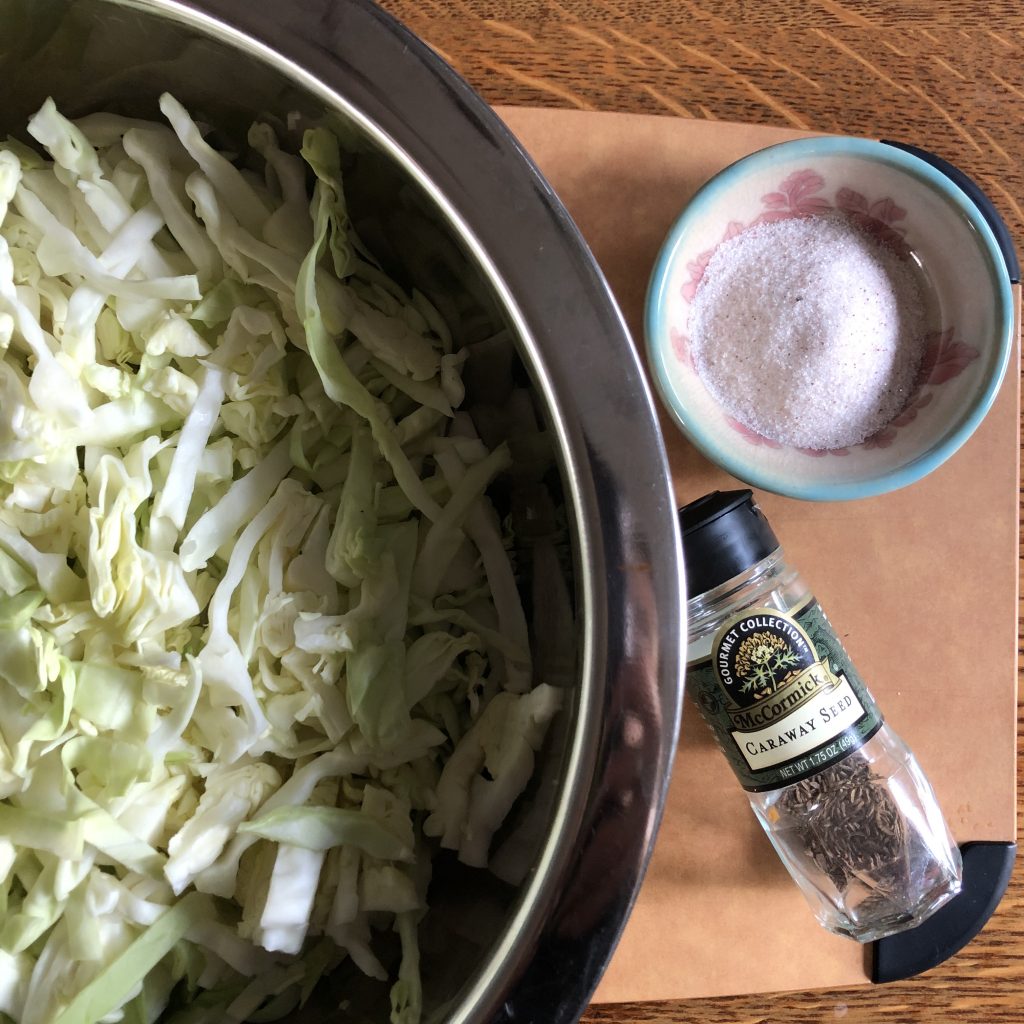It’s simple: digestion is the key to good health. Good digestion is absolutely essential for optimal assimilation of the nutrients that we take in with our food. We Americans tend to think of eating food as fueling up and filling up, instead of what the act truly is – the taking in of the nutrients from which all future cells will be made. And those cells, of course, make up every single organ and system in the body. If you think about fermentation at all, you probably think about alcohol. But there are many other kinds of fermented foods (such as yogurt) out there. Foods that are labeled “pickled” are also fermented foods. Fermented food uses microorganisms to convert sugars into lactic acid, creating a signature sour taste.
That sour taste which many people may find unfamiliar should not be equated with unhealthy or expired. In fact, including fermented foods in your diet a few times a week or more could be beneficial for your health.
Fermented foods include:
- Miso. A paste made of fermented soy beans, it forms the base of soups or glazes.
- Sauerkraut. This familiar condiment is made of finely shredded fermented cabbage.
- Sourdough bread. Real sourdough bread is made with milk and other foods that have been allowed to ferment before making the bread dough.
- Kefir. A fermented drink made from milk.
- Yogurt. Yogurt includes live bacteria called probiotics.
- Kimchi. A traditional Korean dish made from pickled vegetables like cabbage or radish.
- Buttermilk. Buttermilk also includes probiotics.
- Natto. These fermented soybeans are a traditional Japanese breakfast dish.
- Poi. A fermented paste made from taro root.
- Tempeh. A cake made of fermented soybeans.
- Kombucha. A fermented tea.
You can easily purchase any of the above and eat for your good health. Or, you can try making your own! An easy place to start is making your own sauerkraut. Enjoying a spoonful of kraut before a meal will go a long way. (Really, your daily dose of sauerkraut doesn’t need to be more than a spoonful!). So here is a super-simple, 2-ingredient recipe for making your own superfood! Please read it from start to finish so that you understand the process before giving it a go. I’m excited for you!
SAUERKRAUT
Ingredients:
 1 large head of green cabbage, sliced into thin strips (but leave a few large, outer leaves aside!)
1 large head of green cabbage, sliced into thin strips (but leave a few large, outer leaves aside!)
1 Tablespoon sea salt (I love this brand)
(and you’ll need one large, wide-mouthed glass ball jar with lid)
Directions:
1. Place your sliced cabbage in a large bowl and sprinkle sea salt over it, then toss it all to coat. Place a cover over the large bowl and let it sit for about 30 minutes (the salt will make the cabbage start to sweat).
2. After 30 minutes or so, wash your hands very well and plop yourself down in front of the TV (I’m serious, this part takes some time, work, and elbow-grease so the least you can do is give yourself a bit of entertainment during it!). Using your clean hands, start to rub and massage the cabbage in the bowl. You’ll notice a juice starting for form at the bottom of the bowl, you want to keep squeezing and massaging the cabbage for a while until PLENTY of that precious juice is there. Once the cabbage starts to get soft I actually use a potato masher to help the process along because it’s tiring for the hands!
3. When your cabbage is wet and thoroughly massaged, carefully transfer it into a clean, large, wide-mouthed ball jar. Pour any and all of the liquid over the cabbage in the jar, then start to press the cabbage down (I actually use my fist for this, and then use a meat pounder once my fist gets too sore to continue). You want the juice to rise just above the cabbage. Depending on the size of your jar, you want at least 2″ from the cabbage to the lid. If your jar is larger, no worries.
4. Once the liquid is over the cabbage, nestle one (or two) of the large cabbage leaves over the packed cabbage. The liquid can actually sit on top of this large cabbage leaf. But to keep the pressure of the leaf on the cabbage, insert a shot glass or small ball jar on top of it.
5. Close the jar of your kraut with the jar’s lid. Place in a room temperature place on your counter (not a sunny spot) where it can ferment. Set a reminder in your phone to check the kraut in 10-days (mine is NEVER ready that soon). You can give it a taste to see if it’s to your liking, or let it continue to ferment. Try again on day 14, and so on. Everyday, burp the jar by unscrewing the lid and giving it a moment of fresh air, then re-cap.
6. Once the kraut tastes the way you like it, remove the large cabbage leaves, shot glass and skim any mold that may have formed on the surface. Then place lid on jar and store in the fridge. It will last several months there and will not continue to ferment.
Options:
Don’t feel that you have to keep it to only 2 ingredients, there are many other variations to try. Traditional sauerkraut is cabbage, salt and caraway seeds (about 1 Tablespoon for this recipe). So yummy! You can also add some minced garlic for a unique taste. If you really get the hang of it and want to continue to experiment you can add other veggies such as carrots or fennel, or even sliced green apples!
